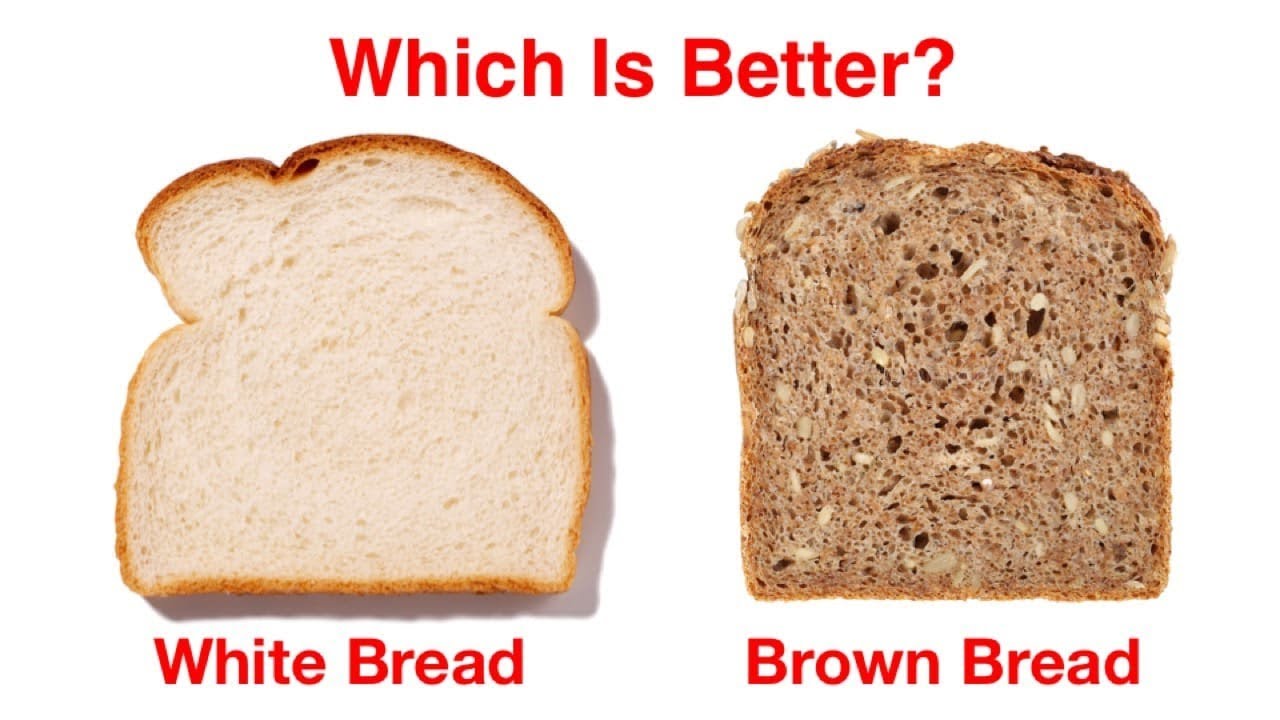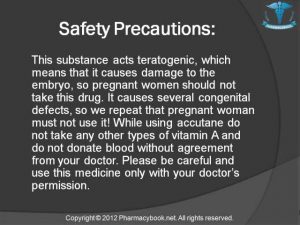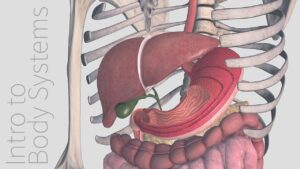One of the biggest debates around nutrition in today’s world is what kind of bread we should be eating. The strange thing is that many people make their choice without really understanding the difference between the options. Is white bread or whole grain bread better? Bread is much healthier in its different whole grain varieties, that we know is true, but most people don’t understand why. It’s surprising how many questions and myths remain around one of the most widely eaten foods in the entire world. Is bread really fattening and bad for me? Is it better if it’s brown? Let’s take a look at a few things and clear up some of the confusion. Whole grain bread is more… nutritious? Traditionally, bread is made up of three parts after being baked: the bran, the germ, and the starch. We need to know this in order to understand the difference between white and “brown” bread. While the flour that white bread is made of is only the starch, whole grain bread contains the germ and bran as well. That means it contains more of the nutrients from the grain. As a result, it’s a mistake to believe that whole grain bread is like a diet food. It’s simply able to provide the greatest nutrition for the fewest calories. Are all brown breads whole grain? Just because bread is brown doesn’t mean it’s whole grain. Actually, there are refined, white breads that have additives in them to make them look brown. They also sometimes are enriched with vitamins like vitamin B, but while it fools some people, they’re still white bread. The worst thing is that stores market them as if they were natural products. So why is white bread less healthy? Basically, the problem is in how it is processed to give it a color, appearance, and texture that the market wants. Unfortunately, each step in process takes more fiber, minerals, and natural fats out. Since there is less fiber, it doesn’t do anything good for your digestion. On the other hand, whole grain bread helps your intestines process food more quickly. You’ll feel the need to eat more white bread to get full, too. Everything we talked about above shows how calories aren’t the main difference between the two kinds of bread. The best thing to do is to eat a variety of healthy, natural, fiber-rich bread. Which is better? We advise eating whole grain bread. This way you get the fiber, vitamins, and nutrients your body needs. Stay away from varieties with too much gluten or added sugars. Overall, the healthiness of bread depends on what the flour it’s made from contains. Here are few benefits of bread Believe it or not, eating bread in moderation is good for you. The fiber helps your intestines get moving and expel waste. Eating bread could also support good heart health. Eat at least 2 or 3 small servings (70 g) a day. For people with diabetes, moderate consumption of whole grain bread is recommended. That’s because it keeps your blood sugar more stable than refined versions. If you get high-quality bread and eat it in moderation, you’ll be doing a good thing for your body.

Bread Nutrition Video – 2
- Post author:admin
- Post published:May 11, 2021
- Post category:Uncategorized
- Post comments:0 Comments
You Might Also Like
![Read more about the article Top 7 Most Aesthetic Physiques [Part 1]](https://videos.drmaheshkumar.com/wp-content/uploads/2021/05/Top-7-Most-Aesthetic-Physiques-Part-1-300x225.jpg)
Top 7 Most Aesthetic Physiques [Part 1]

Lying Triceps Extension (LTE) – Gym Shorts (How To)

Obstetrics Video – 1

High Intensity Training Video – 1

Anatomy & Physiology Online – Cardiac conduction system and its relationship with ECG

70 Bodyweight Cardio Exercises

How much PROTEIN do we need DAILY? (Hindi / Punjabi)

Medicine Advantages Of Xenical Orlistat

Hyperextension With Machine-5

TOP 10 Foods Rich in Vitamin B12

Enalapril Maleate 5 mg 10 mg 20 mg tablets and side effects

Ovary Body Type

Physiotherapy in Rehabilitation Video – 16

How to cure Erectile Dysfunction ED in a week

Hygiene And House Keeping Video – 3

Hypertension Causes Symptoms And Treatment

5 Post Workout Foods to Consider

Accutane-isotretinoin

Educational Psychology Video – 2

Creatine 30 Day Transformation Before and After | My Experience

Gynecomastia Patients Talk About Their Surgery Experience

6 Killer Exercises for HUGE Shoulder Gains barbell part 2

Diabetes Minute: Using a Glucagon Emergency Kit (20)

Abnormal Psychology Video – 1

How To: Dumbbell Front Raise

Find Out The How Much Protein Your Body Needs | Muscle Building | BeerBiceps Fitness

Top Speed & Lower Body Athletes Training | Overtime Athletes

Amino acids in biomolecules | Organic Chemistry | IIT JEE | Vineet Khatri | ATP STAR

Overweight & Obesity Video – 23

Introduction to the Digestive System – Animated Tutorial | Complete Anatomy

Must have Supplement for Bodybuilders LIV. 52

PROTONIX LIVE PERFORMANCE

What I Eat Before A Workout // Easy Vegan Meal & Snack Ideas

Keto Diet, Keto Foods, Keto Recipes Video – 6

What is Aerobic Exercise- Cardio and aerobics workouts

Hormones And Weight Gain: Hormonal Imbalance Treatment
Lipid Profile

MICRONUTRIENTS: WTF? Minerals and Their Benefits (Zinc, Iron, Magnesium)

Best in class Multivitamin – Healthkart Multivit Gold, Clinically studied

Neurological Physiotherapy Video – 5

What is PHARMACEUTICAL DRUG? What does PHARMACEUTICAL DRUG mean?

